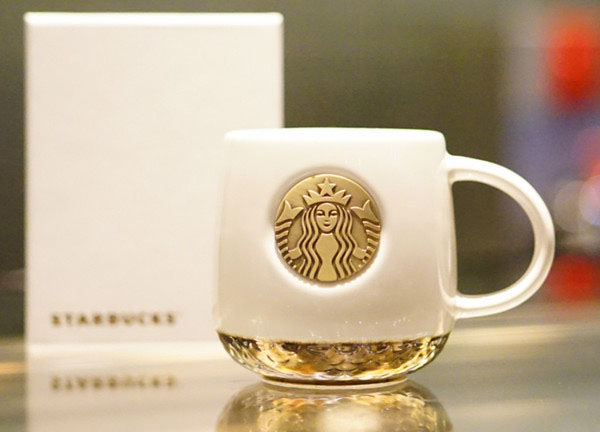#1 Pad printing
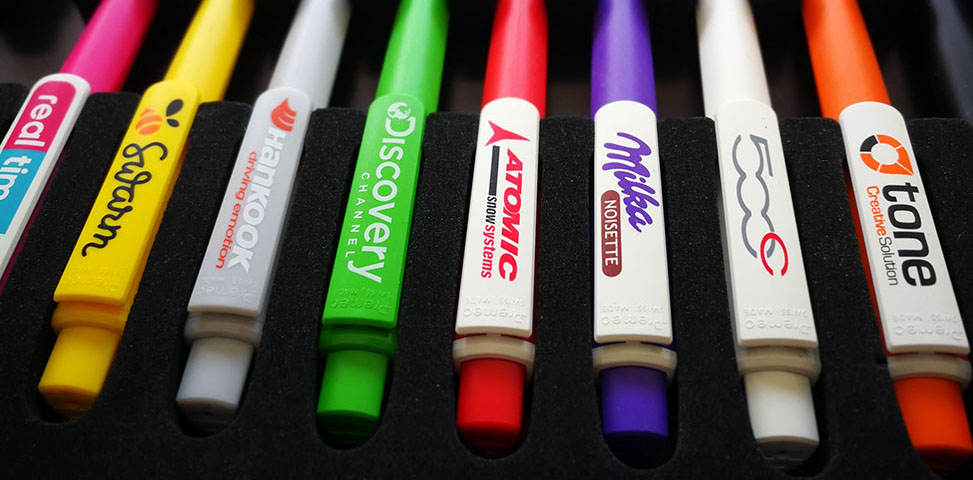
One of the main advantages of using pad printing is that you can use it to print on three dimensional surfaces and products of all shapes and sizes. It doesn’t matter if your items are curved or have an uneven surface, using this printing method will still achieve a quality print.
#2 Silk Screen Printing
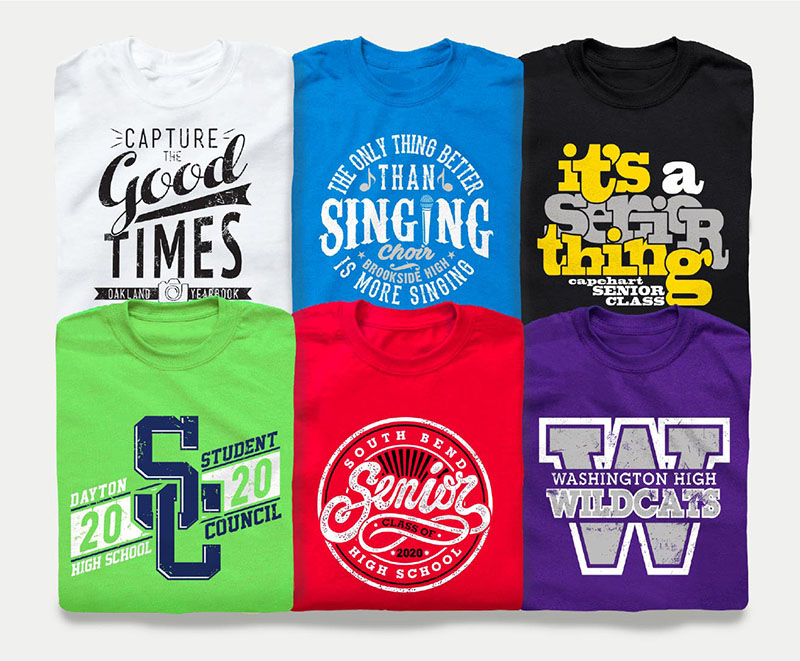
Today’s screen-printing equipment is highly sophisticated and largely automated. It is ideal for carrying out quick and effective printing on t-shirts and other promotional products.
#3 Heat-Transfer Printing
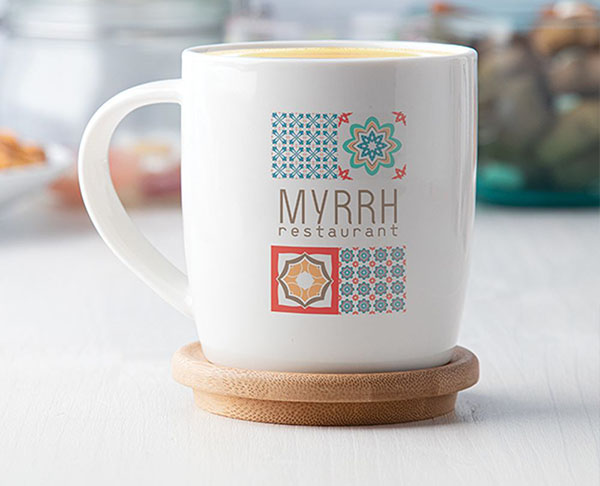
Also called sublimation printing, the heat-transfer logo printing is more glossy and bright-colored. This kind of printing is ideal for ceramic kitchenware, shopping bags, plastic items, fabric, personalized or souvenir items like mugs, glasses, cloth, magic bandannas, non-woven bags, etc.
#4 UV Printing
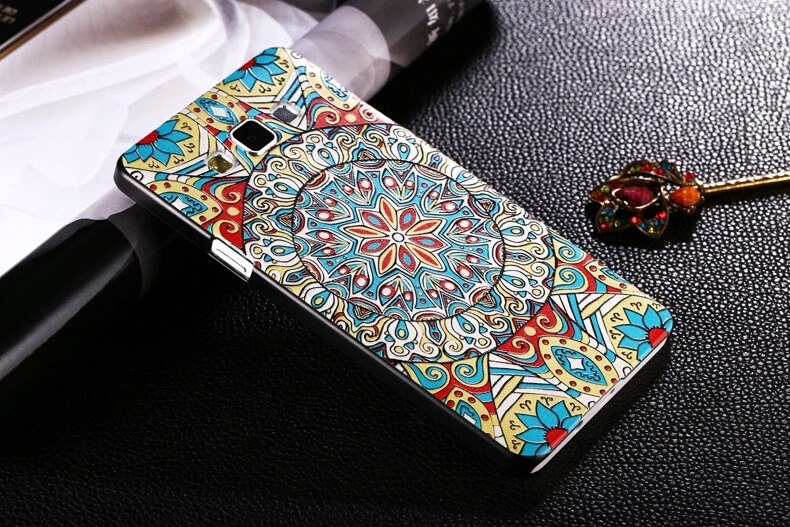
UV printing is a unique method of digital printing utilizing ultraviolet (UV) light to dry or cure ink, adhesives or coatings almost as soon as it’s hit the paper, or aluminum, foam board or acrylic – in fact, as long as it fits in the printer, the technique can be used to print on almost anything.
#5 Embroidery
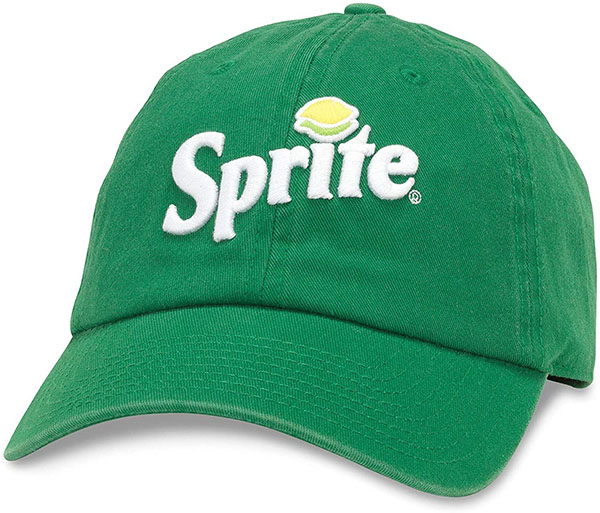
The embroidery logo is reproduced by stitching threads directly into fabric. The actual stitching process is fully automatic and performed by computerized embroidery machines.
#6 Hot Stamping

The hot stamping process includes a hot stamping press, a hot stamping die or type, and sometimes a hot stamping foil if you choose to add color to your impression.
#7 Laser Engraving

Laser engraving is the process of leaving a permanent deep mark in a material using a laser beam. Unlike other more traditional methods, the heat of the beam will melt and vaporize the portion of material that it is being aimed at.
#8 Debossing & Embossing

Debossing is the process where a design is depressed from the original surface instead of being raised. This type of method creates an indent into the custom design of your choosing. Debossing is suited better for custom wallets, briefcases, luggage tags, padfolios, as well as any other leather accessories. Embossing is the process where the design is raised from its original surface. It’s far easier to apply foil stamping to an embossed design. This is why embossing is often better for custom stationery, business cards, and any other promotional products made from paper.
#9 Offset Printing
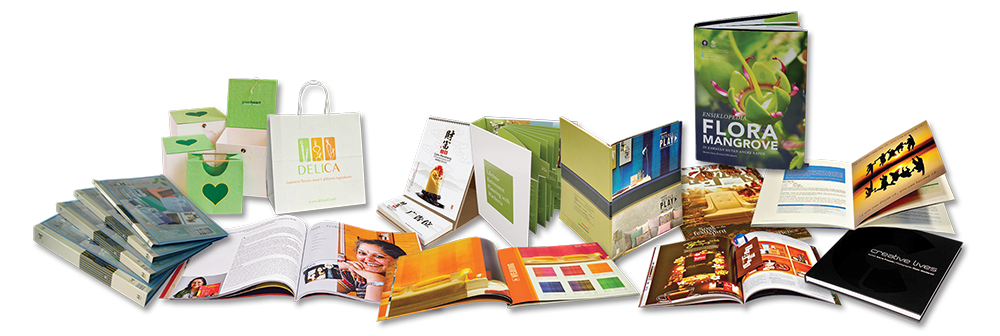
Because offset presses run so efficiently once, they are set up, offset printing is the best choice when larger quantities are needed, and provides accurate color reproduction, and crisp, clean professional looking printing.
#10 Sticker label

The clear qualities of these stickers and labels looks great with simple and complex designs, and offer versatility that can be used in many different ways. While our Clear Labels have your indoor labeling needs covered, you can rely on our Clear Stickers to keep your brand alive in outdoor settings.
#11 Crystal Epoxy Sticker
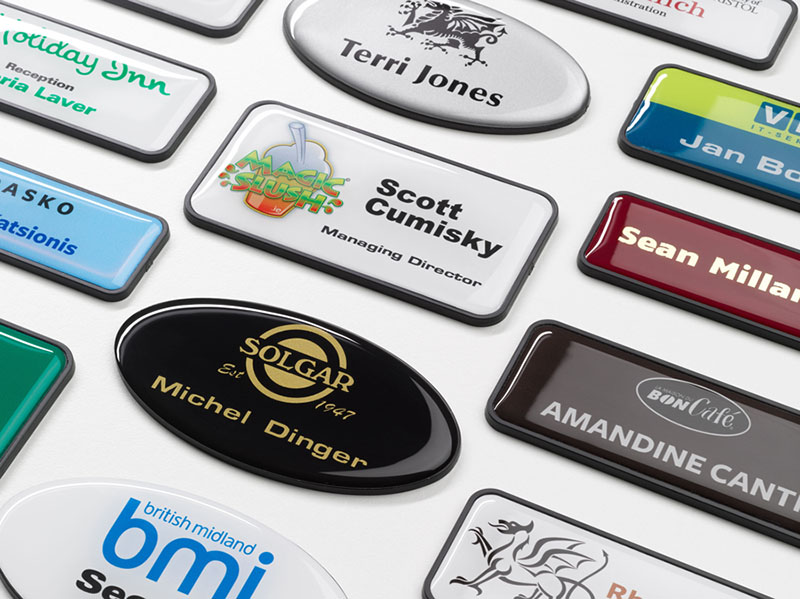
The Crystal epoxy sticker printing is just like the sticker printing but with an additional feature. With solid glue, the sticker has a more 3D feel and maintains the bright-colors. This printing can be used for toys, jewelry, crafts, souvenir or personalized items like keychains, pins, ID cards, etc. Compared to the normal sticker, the Crystal Epoxy Sticker feels more luxurious and sturdier. It’s waterproof and scratch resistant, leading to a longer lifespan.
#12 Jacquard knitting
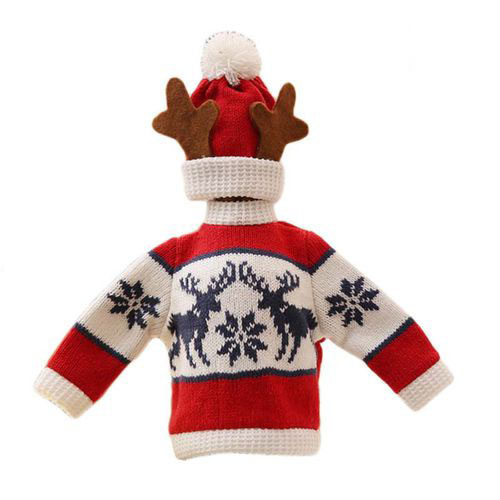
Jacquard is a term originally from weaving. In a simple explanation it is the process of combining 2 or more colors together by knitting one color either to the front or to the back of the fabric so as to create a visual pattern.
#13 Woven Label
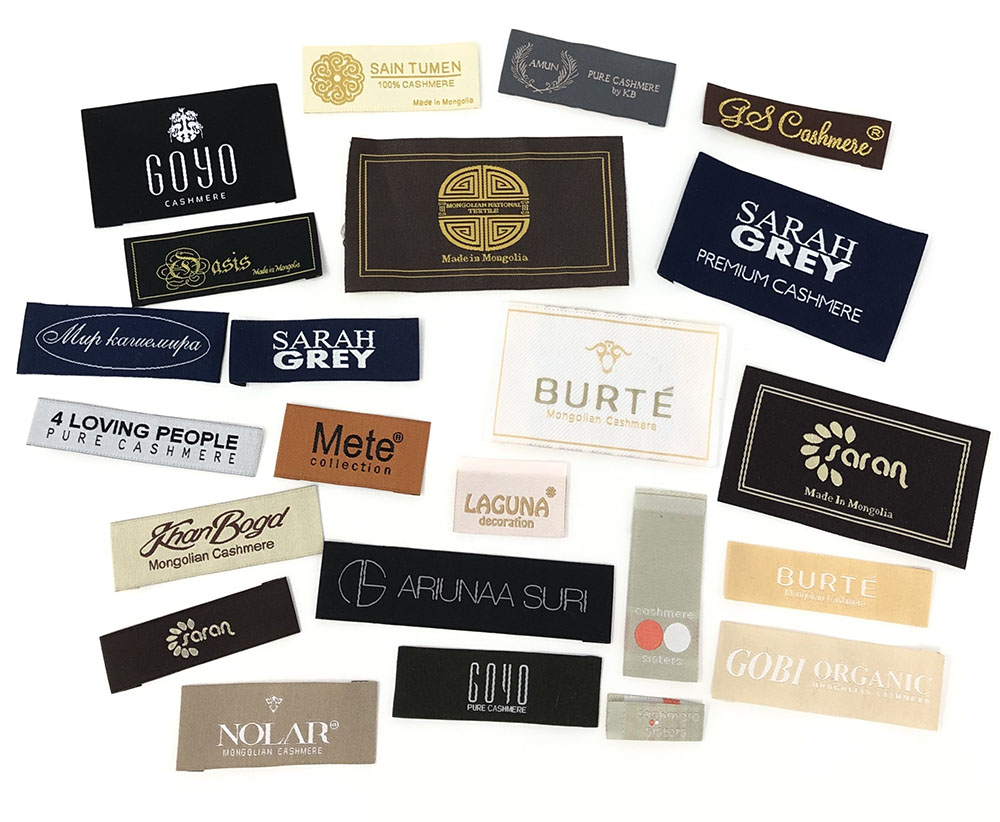
The high-definition woven label will certainly add a great value, a luxury touch to your branded garment products. A good quality woven label is important to any fashion brand. Woven label is a textile formed by weaving.
#14 2D and 3D Moulding

Using your branding (colors and even values) is a fast way to create a unique position for yourself with promotional products. There’s no limit when it comes to the combination of colors, pigment types and materials you can use during injection molding.

